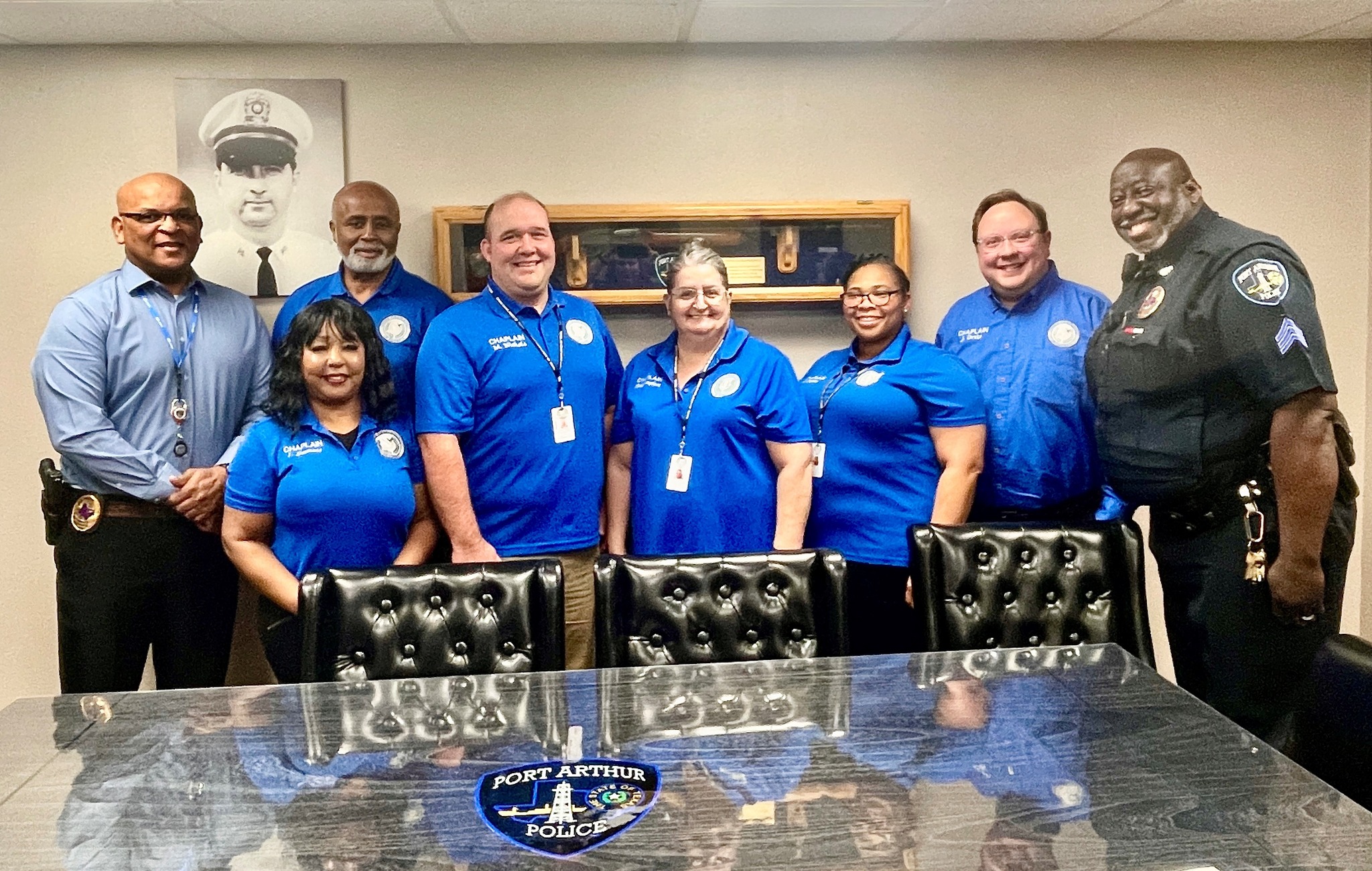OUTDOORS: SE Texas crappie bite not done
Published 8:38 pm Wednesday, October 12, 2016
The waterways of Southeast Texas have gotten an incredible amount of media attention due to the world class largemouth bass fisheries.
Toledo Bend is ranked number 1 on Bassmaster’s top bass lakes list, Sam Rayburn is not far behind and continues to crank out big fish and Lake Conroe will host the 2017 Bassmaster Classic.
All of those lakes along with some other local waterways have truly world class crappie fishing as well.
Trending
During summer months thousands of anglers target crappie on brush piles on Toledo, Rayburn and Conroe and the good news is those crappie are still there.
Those fish will not scatter until a good cold front comes which means we have a couple of more weeks to target fish on brush and the best part is right now there is very little pressure on those fish.
Light pressure always means more action so anglers who soak live shiners or jigs around those brushpiles will score on impressive catches.
Docks with deepwater access also hold good numbers of crappie and there and fishing around them at night with green fishing lights will yield solid catches. Something to consider if you are as interested in catching trophy-sized crappie as I am is fishing near the brush with shiners or jigs but throwing small spinners around the perimeters for big white crappie.
Both Toledo Bend and Rayburn hold huge white crappie and these fish are more likely to break off on their own and feed in smaller groups that the black crappie. By throwing on the outer edges of the lights and covering territory beyond the immediate brush you stand a good shot at catching some big white slabs.
Lake Conroe is famous for its crappie and its unique trait of having almost all of the structure being manmade. The lake is full of manmade brush piles and they are fairly easy to locate even for anglers without good sonar.
Anglers not familiar with brush pile locations should cruise the lake with a good pair of polarized sunglasses and look for submerged marker buoys.
Trending
The buoys that are submerged and covered with green slime are the ones you want to look for. These are the ones some of the hard-core crappie anglers put out and they usually hold plenty of fish.
Lake Nacogdoches gets little attention but it hold lots of crappie and has a lot of hydrilla for them to inhabit.
Anglers can also score there by fishing live shiners vertically on the edges of the grass. When the crappie are on the outside of the grass, they will dart in and out of holes in the grass. If you can locate these holes on the graph and fish there, it should not take long to be hooked up.
Lake Livingston is another major crappie producer in East Texas. The crappie are thick there and they grow big.
Look for brush in creeks with an average depth of 10 to 15 feet of water and concentrate on the very deepest holes that have many shad around them. The shad are what the crappie feed on and they tend to bunch up around the biggest schools. However, sometimes they do scatter
If this is the case, throwing1/8-ounce crank baits or spinners along the channels should help you locate the crappie. Then you can set up and fish jigs or shiners.
Crappie fishermen in local bayous are understandably tight-lipped about tactics and locations but now is historically a good time to throw tiny spinners along shorelines and in the mouths of cuts.
Something I learned a long time ago about our local bayous is that when i see small “rolls” in the water and strikes on small baitfish that look like something is spitting out of the water it is usually crappie.
There is still time to get in on this action which will be worth pursuing over the next couple of weeks. The dynamic will change once a “blue norther” cold front blows through but for now it’s a good time to score on some slabs when few other anglers are pursuing them.
•
(To contact Chester Moore, e-mail him at chester@kingdomzoo.com. You can hear him on “Moore Outdoors” Fridays from 6-7 p.m. on Newstalk AM 560 KLVI or online at www.klvi.com.)





